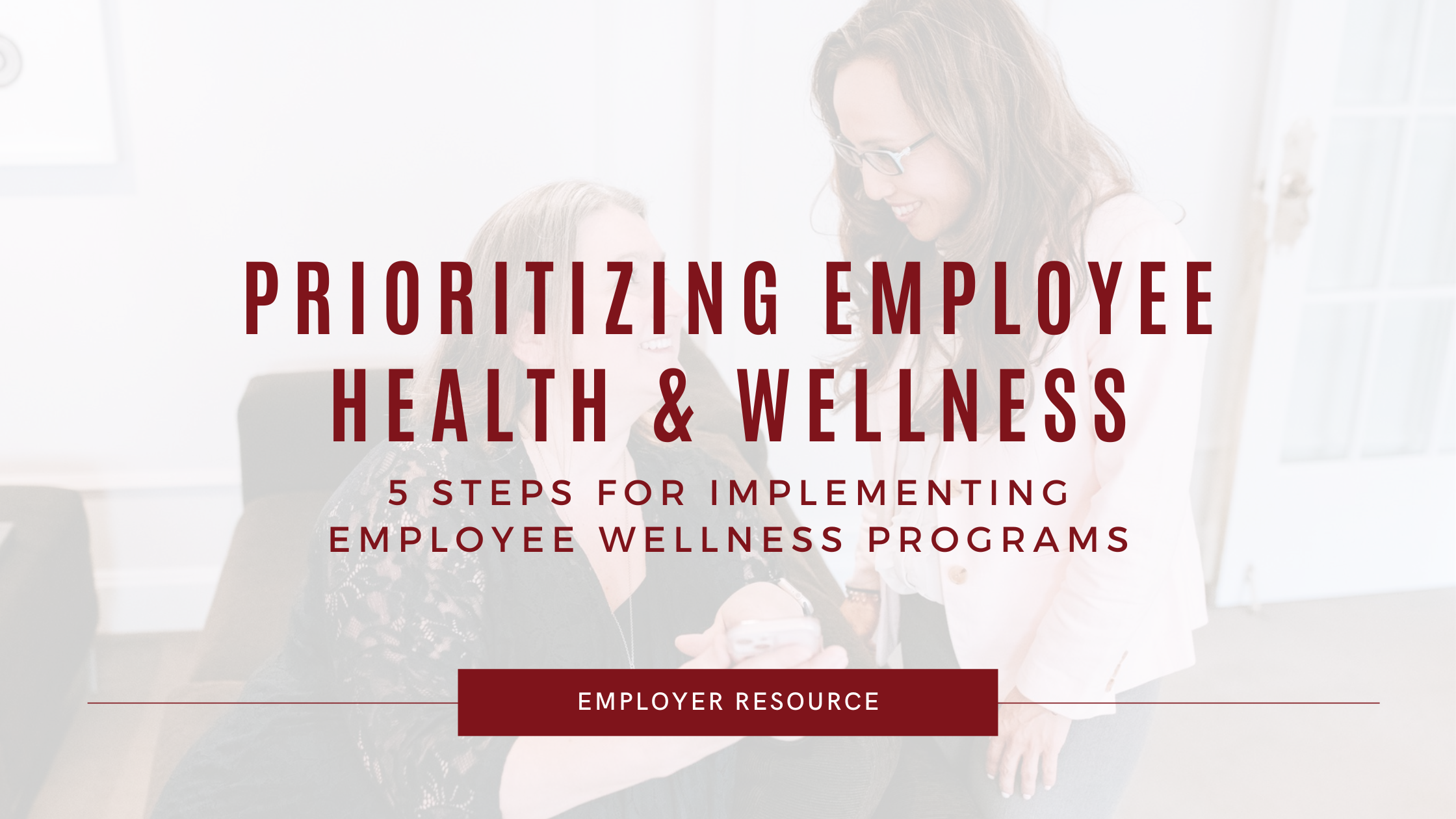In today’s fast-paced (and sometimes high-stress) work environment, it’s more important than ever to prioritize the wellbeing of your employees!
In fact, it’s top-of-mind for several of our clients right now. So, if you’re wondering how you can look out for your team, you’re not alone!
One way to keep your team happy, healthy, and thriving? Implementing employee wellness programs!
Not only do these programs benefit your employees themselves, but they also help foster a more positive, dynamic work environment for everyone. Win-win!
As we all know, a healthy workforce is a productive workforce.
The benefits of employee wellness programs include (but are certainly not limited to):
- Improved physical health
- Reduced stress and burnout
- Increased productivity
- Lower healthcare costs
- Improved morale and job satisfaction
- Enhanced company culture
But what exactly is an employee wellness program, and how can you implement one in your organization?
An employee wellness program is a comprehensive approach to promoting physical, mental, and emotional health in the workplace. This can include initiatives such as on-site gym facilities, healthy food options, stress-management workshops, and flexible work arrangements. There are *many* different approaches to creating and implementing an employee wellness program to ensure you find one that is the best fit for your organization.
At the end of the day, the goal is to support your team in developing and maintaining healthy habits, both inside and outside of work!
Not sure where to start?
Here are 5 steps you can take to lay out the groundwork for implementing your own employee wellness program:
- Assess the needs of your workforce: Conduct an anonymous survey to understand your employees’ health and wellness needs and what initiatives they would find most beneficial.
- Determine your goals and objectives: Clearly define what you hope to achieve with your wellness program (e.g., reducing stress levels, improving physical health, or combatting burnout).
- Budget and allocate resources: Determine how much funding you can set aside for your wellness program and allocate resources accordingly.
- Make wellness a priority: Encourage your team to prioritize their wellbeing by fostering a culture that values and supports healthy habits. Pro tip: lead by example!
- Evaluate and adjust: Regularly evaluate the success and impact of your wellness program and make adjustments as needed to ensure it continues to meet the needs of your team.
Employee wellness programs are a vital investment in the health and happiness of your team! By promoting physical, mental, and emotional well-being, you’ll also be investing in a more positive and productive work environment for everyone.
Not sure about next steps? Get in touch with our team of HR specialists today to learn more about how we can support you in implementing an effective employee wellness program in your organization!
